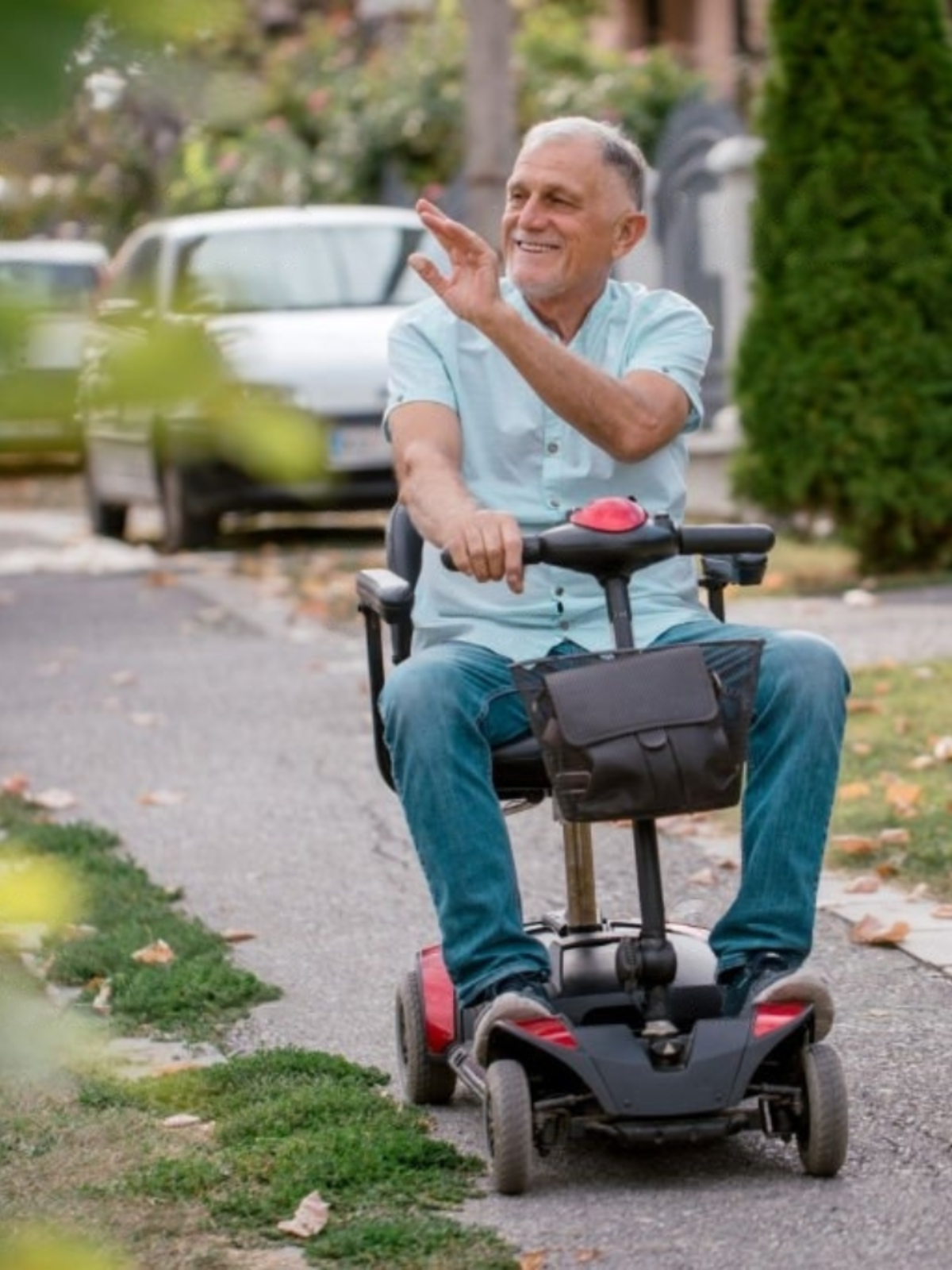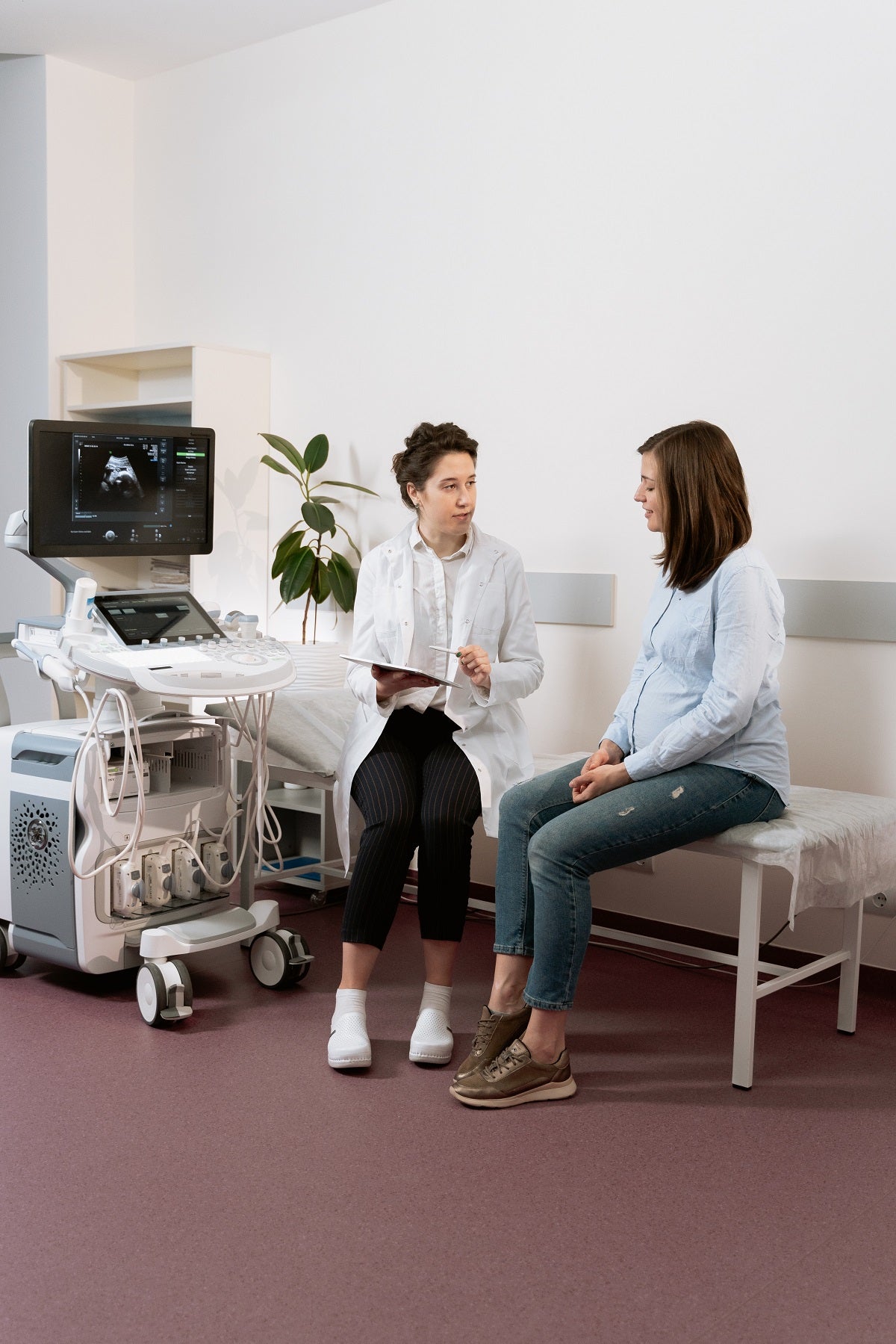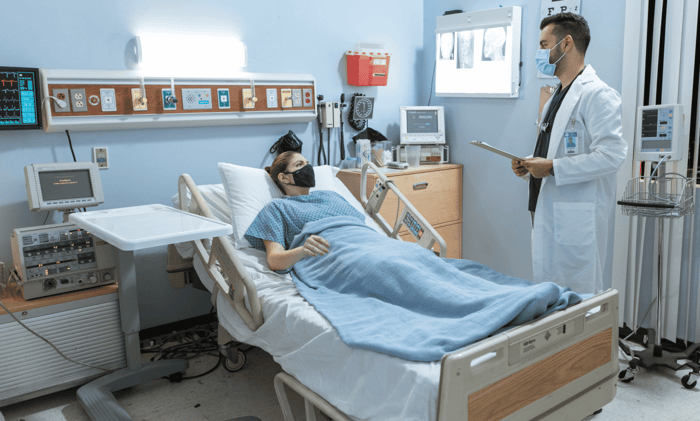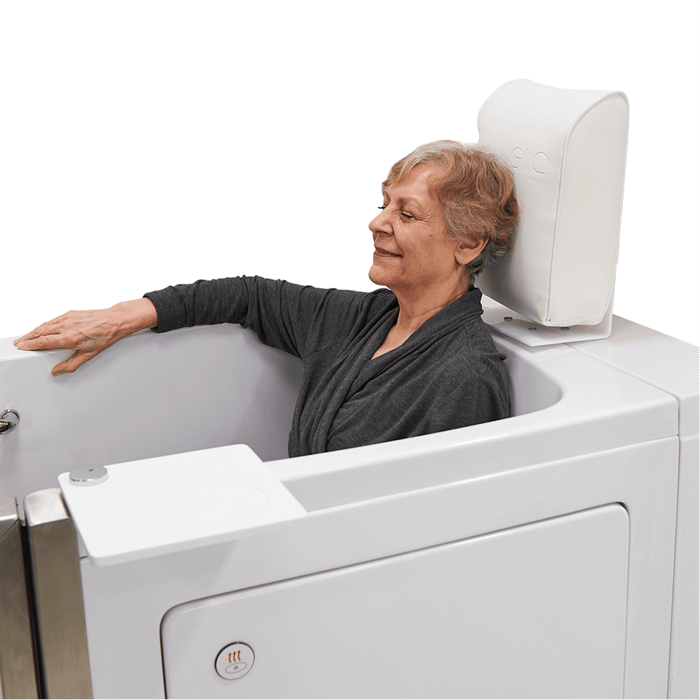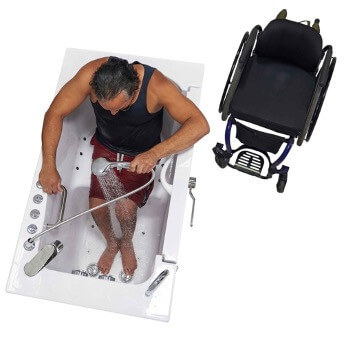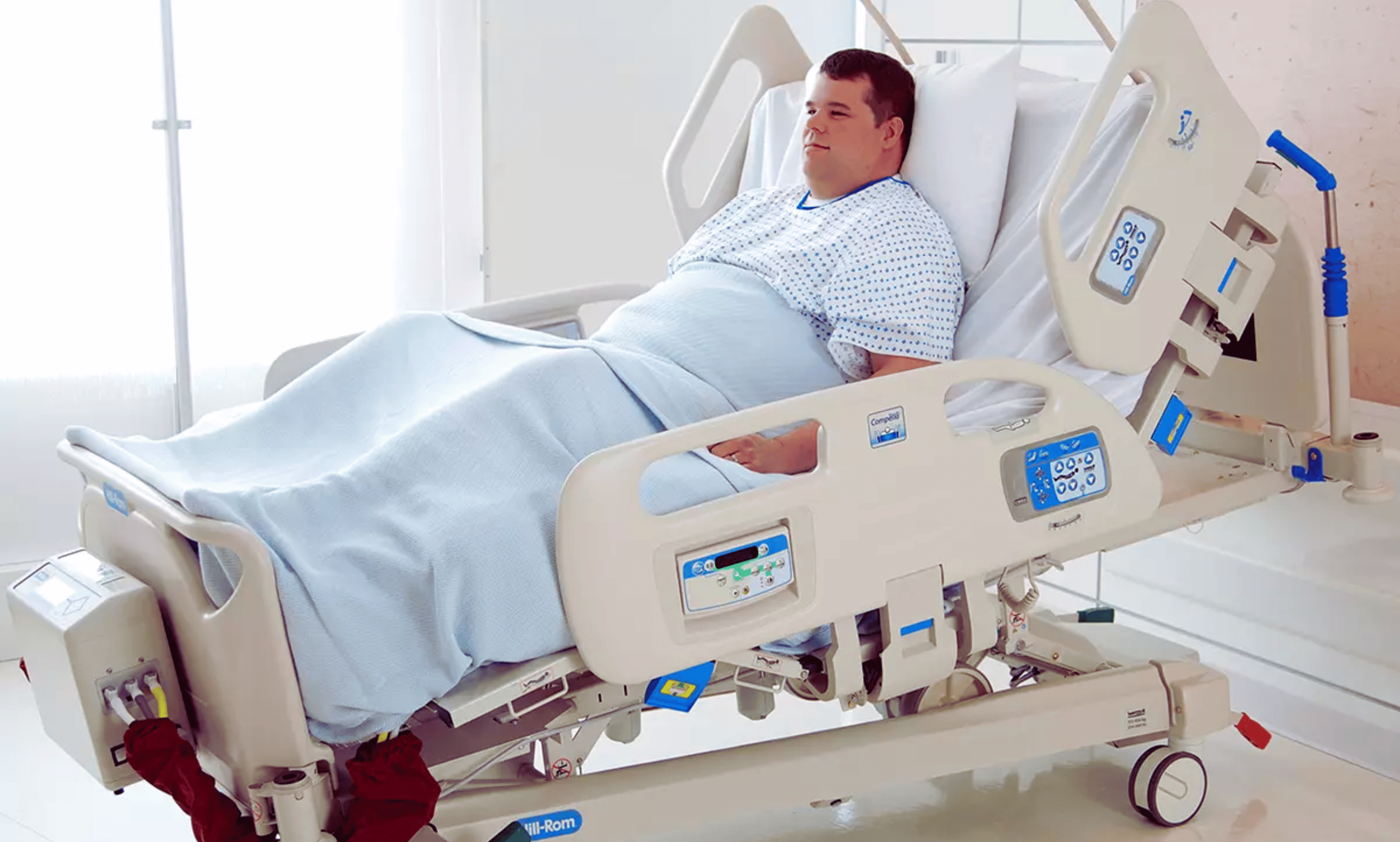
Hello, and welcome to this deep dive into a rather unsung hero of healthcare— the hospital and bariatric bed. Whether you're an inpatient, a caregiver, or simply someone with a keen interest in healthcare technology, you've come to the right place.
Hospital and bariatric beds, while often overlooked, play a crucial role in patient care. They are more than just furniture; they are an integral part of the healthcare landscape, directly influencing patient comfort, safety, and recovery. But what are these beds, and how do they differ?
Let's jump right in!
Importance Of Hospital And Bariatric Beds
The significance of a hospital or bariatric bed stretches far beyond providing a space for patients to rest. These specialized beds are designed to enhance patient care, improve safety, and facilitate healthcare procedures.
For instance, hospital beds often come with adjustable side rails to prevent falls, while bariatric beds are constructed to accommodate heavier patients, providing them with the necessary support and comfort. In a nutshell, these beds cater to the diverse needs of patients while easing the burden of healthcare providers.
Moreover, as per a study published in the Journal of Clinical Nursing, the design of these beds can significantly affect patients' sleep quality, a vital element of the recovery process. Hence, their importance cannot be understated.
Overview Of The Hospital And Bariatric Bed Market
The hospital and bariatric bed market is a dynamic and growing sector. According to a report by MarketsandMarkets, the global market for medical beds is expected to reach USD 3.41 billion by 2022, growing at a CAGR of 5.6% from 2017 to 2022.
As per the latest research, the global market for hospital bed and bariatric hospital bed equipment is on a robust growth trajectory. This growth can be attributed to factors like the increasing prevalence of chronic diseases, advancements in technology, and the growing elderly population. The industry is also influenced by customer preferences and regulatory norms, which steer the evolution of design and functionality.
Differentiating Hospital Beds And Bariatric Beds
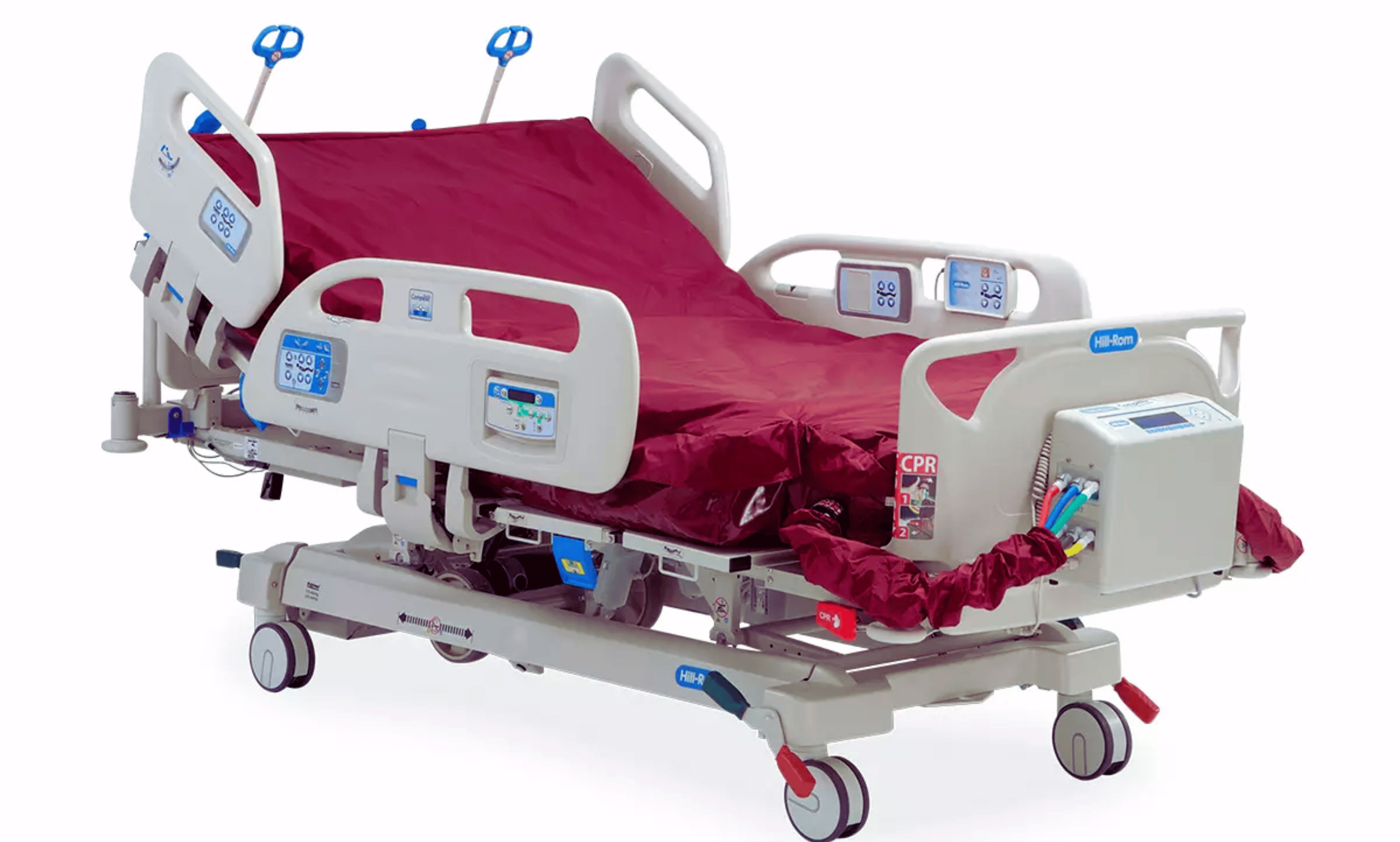
Hospital Beds
Hospital beds, unlike conventional beds, are specifically designed for hospitalized patients or those in need of some form of health care. Key features often include adjustable heights for the bed and the head, foot, and knee sections, side rails, and easy maneuverability.
Hospital beds serve as the foundation for patient care, aiding in various procedures, from physical examination to surgical processes. They help in ensuring patient comfort and safety and, in some cases, can also aid healthcare providers in performing their duties more efficiently.
Bariatric Beds
Bariatric beds are a variant of bariatric hospital beds designed to comfortably and safely accommodate larger, heavier patients. They typically have a wider and sturdier frame, higher weight capacity, and enhanced support systems.
Bariatric beds are crucial for managing and caring for patients with obesity. They can help prevent potential complications such as bedsores and facilitate movement and transport, improving the overall quality of patient care.
Understanding Hospital Beds
Design And Structure
Hospital beds are typically constructed from a combination of steel, aluminum, and medical-grade plastics. These materials are chosen for their durability, ease of cleaning, and resistance to bacterial growth. Hospital beds boast features like adjustable heights and positions, lockable casters, and side rails. These not only improve patient safety and comfort but also aid caregivers in providing efficient care.
Different Types Of Hospital Beds
· Manual Hospital Beds: These beds are adjusted using hand cranks, providing basic position changes like raising or lowering the head or foot of the bed.
· Semi-electric Hospital Beds: These beds offer a blend of manual and electric adjustments. The height of the bed is usually adjusted manually, while the head and foot positions are changed electrically.
· Full-electric Hospital Beds: These heavy-duty beds are fully electric, offering button-controlled adjustments for all positions, including the overall height of the bed.
· Special Feature Hospital Beds: These are equipped with added features like integrated weighing scales, therapeutic mattresses, or built-in bed exit alarms.
Key Accessories For Hospital Beds
· Bed Rails: Bed rails are important for preventing patient falls. They can also assist patients when moving or adjusting their positions.
· Bed Mattresses: Specialized mattresses, like pressure relief or air mattresses, can enhance patient comfort and prevent bedsores.
· Bedside Cabinets: These handy storage units help keep personal items within the patient's reach.
· Overbed Tables: These tables are adjustable and can be maneuvered over the bed, providing a surface for meals, reading, or other activities.
Technological Innovations In Hospital Beds
Technological innovations are changing the landscape of hospital beds. For instance, the integration of sensor technology can help monitor patients' vitals and alert staff to any significant changes. The future of hospital beds lies in smart beds and the IoMT. These beds could sync with other devices to provide real-time data, facilitating remote patient monitoring and predictive analysis.
Understanding Bariatric Beds
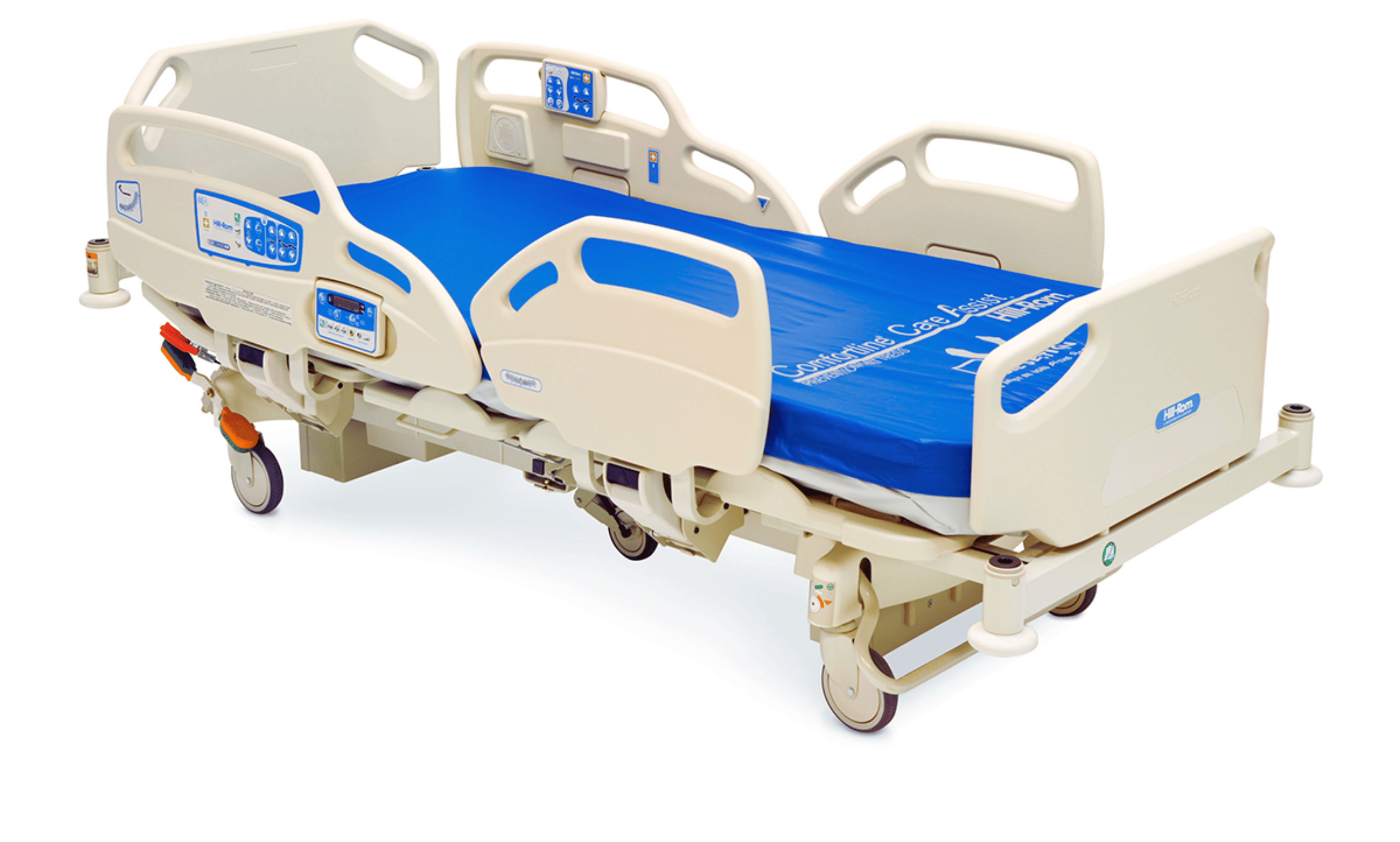
Design And Structure
Bariatric beds, like heavy-duty bariatric beds, are constructed from reinforced steel to accommodate patients. This robust construction is necessary to withstand the increased weight and width of bariatric patients, thus ensuring their safety and comfort.
Bariatric beds come with features tailored to the needs of bariatric patients. For example, their wider and sturdier frame provides adequate support, while their adjustable backrest and footrest enhance patient comfort and aid in movement. They are typically equipped with robust motor systems to allow for smooth and safe adjustments.
Benefits of Hospital and Bariatric Beds at Home
Hospital and bariatric beds aren't confined to hospital settings alone. More and more, these specialized beds are being recognized for their numerous benefits in a home environment, particularly for elderly, disabled, or bariatric patients. Here's how they can make a difference:
-
Fall Prevention: One of the major advantages of these beds is their ability to prevent falls, a common and potentially dangerous issue among elderly patients. Hospital and bariatric beds can be lowered closer to the ground, and their side rails can provide extra support and security.
-
Ease of Care: For caregivers, these beds offer the flexibility to adjust the bed's height, which can make patient care tasks such as changing, cleaning, or feeding much easier and safer. This can also reduce the strain on caregivers and potentially prevent injuries from lifting or moving patients.
-
Patient Comfort: Both hospital and bariatric beds offer features like adjustable head, foot, and knee sections. These adjustments can make daily activities like eating, reading, or watching television more comfortable. In addition, these beds often come with specialized mattresses designed to enhance comfort and prevent issues like bedsores.
-
Mobility Support: These beds can be particularly helpful for patients with mobility issues. Features such as adjustable bed height and side rails can make getting in and out of bed easier and safer. Additionally, some beds come with built-in mobility aids, like trapeze bars, that can provide patients with the assistance they need to reposition themselves.
-
Health Monitoring: With the integration of modern technologies, many hospital and bariatric beds now come with features like built-in scales or vital signs monitors. This can allow for consistent health monitoring and make managing conditions easier at home.
-
Customizability: With numerous accessories available, hospital and bariatric beds can be customized to cater to individual patient needs. From different types of bed rails to various mattress options and handy bedside cabinets, these beds can be tailored to improve patient experience and quality of life.
Having a hospital or bariatric bed at home can transform care for those in need, making daily routines easier and more comfortable. Whether it's for short-term recovery or long-term care, these beds can significantly improve the quality of life for both patients and caregivers.
Different Types Of Bariatric Beds
· Manual Bariatric Beds: Manual bariatric beds, similar to their hospital counterparts, have hand cranks to make basic adjustments. While economical, they require physical effort to operate, which might not be feasible in all scenarios.
· Semi-electric Bariatric Beds: These beds offer a blend of manual and electric control. Typically, the bed height is adjusted manually, while electric control is available for positioning the head and foot sections.
· Full-electric Bariatric Beds: The electric bariatric bed provides the convenience of electric control for all adjustments. This feature offers comfort and ease for the caregiver and the patient, especially given the larger size and weight of these beds.
· Special Feature Bariatric Beds: These beds come with extra features, like tilt functions and integrated scales. They can also be equipped with specialty mattresses designed to mitigate the risk of pressure ulcers, a common concern among bariatric patients.
Key Accessories For Bariatric Beds
· Bed Rails: Just like hospital beds, bariatric beds also have bed rails for patient safety. These are often extra sturdy and designed to accommodate a larger bed frame.
· Bed Mattresses: Bariatric beds typically use specialized mattresses designed to distribute weight evenly and cater to higher weight capacities.
· Bedside Cabinets: These cabinets provide storage for personal items, allowing patients to keep essentials within arm's reach.
· Overbed Tables: Overbed tables designed for bariatric beds are typically wider and more robust. They can be adjusted to various heights and positions to facilitate activities like eating and reading.
Technological Innovations In Bariatric Beds
Bariatric beds have also been positively impacted by technological advancements. Innovations such as automated patient repositioning systems help reduce the risk of pressure ulcers, while built-in scales allow for easy patient weight monitoring.
These advancements have led to the development of home bariatric bed options and beds with a higher total weight capacity to better serve the bariatric patient demographic.
The future is bright for bariatric beds, with the promise of smart beds and the IoMT. These advancements could enhance patient monitoring, improve caregiver workflow, and ultimately elevate the quality of patient care.
Conclusion
In conclusion, hospital and bariatric beds are fundamental components in the healthcare industry, playing an essential role in enhancing patient care and safety. Their features and designs cater to various patient needs, making them indispensable in medical settings.
The advent of technology in this sphere highlights the importance of continuous research and development. With the market set to grow, there's much anticipation about the innovative features and breakthroughs the future holds for hospital and bariatric beds. Here's to hoping that these innovations continue to improve patient care and outcomes!
Discover The Future Of Patient Care With Nurture Mobility
In the fast-paced world of healthcare, Nurture Mobility stands as a beacon of quality and innovation. Our mission is simple— to empower patients and caregivers with the best hospital and bariatric beds on the market. But how can you be a part of this journey? It's simple: explore, engage, and evolve with us.
Are you a caregiver in search of the ideal bed for your patient? Maybe you're a hospital administrator looking to equip your wards with the latest in-bed technology. Or perhaps you're a patient seeking comfort and safety in a bed tailored to your needs?
In any case, we invite you to take the first step. Click here to visit our website and explore our wide range of hospital and bariatric beds, each brimming with cutting-edge features and meticulous design. We offer a line of very beautiful beds that are highly functional but meant to look nice in the home. Our comprehensive product catalog covers everything from manual to fully-electric models, standard to specialty beds— ensuring that we have the perfect fit for your specific requirements.
So what are you waiting for? Head over to Nurture Mobility now and step into the future of patient care. Together, let's shape the world of healthcare, one bed at a time.





